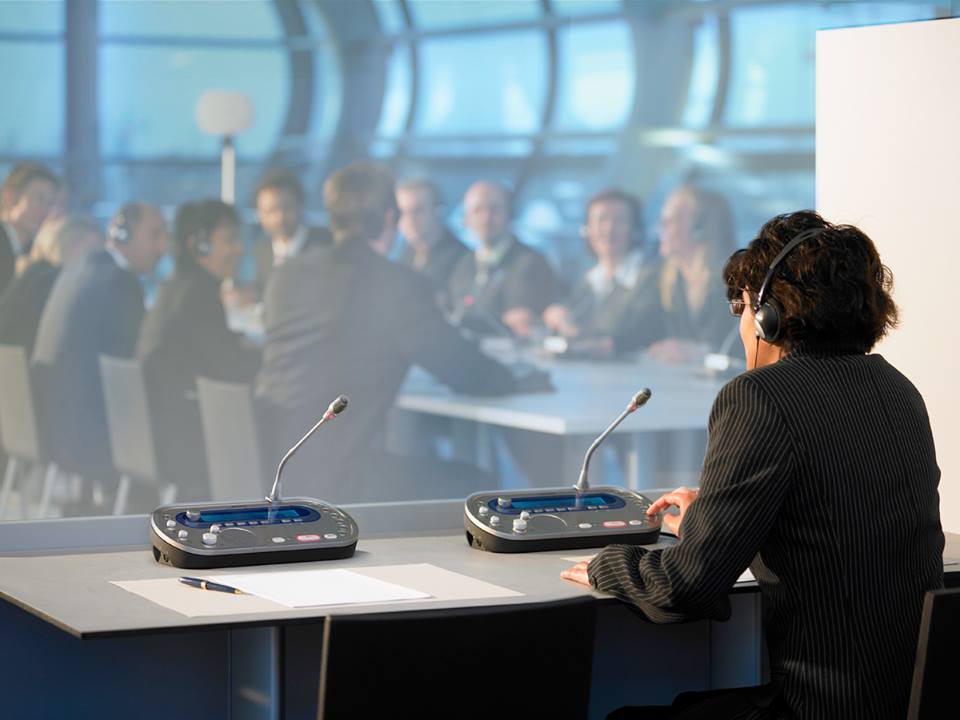Linguative
Expert Language Interpretation for Conferences & Events in Jordan
Clear and accurate communication is essential for international conferences, business meetings, and corporate events. At Linguative, we specialize in providing professional interpretation services to ensure seamless multilingual communication.


Why Choose Linguative for Conference & Event Interpretation?
Linguative offers expert conference and event interpretation with highly skilled interpreters specializing in business, legal, medical, and technical fields. We provide advanced interpretation equipment, including soundproof booths, headsets, and microphones, ensuring clear and uninterrupted communication. Our team guarantees real-time accuracy, professionalism, and confidentiality, making your event seamless and successful. With multilingual support and tailored solutions, we help businesses, governments, and organizations bridge language gaps in international conferences, corporate meetings, and large-scale events.
We cover the following businesses
- Government & Diplomacy
- Corporate & Business
- Healthcare & Medical
- Legal & Judiciary
- Education & Academia
- Technology & Engineering
Linguative
Our Language Interpretation Services
At Linguative, we provide expert interpretation services
Simultaneous Interpretation (For Conferences & Large Events)
- International conferences, global summits, and high-profile events
- Real-time interpretation through headsets and soundproof booths
- Specialized audio equipment and experienced interpreters
Consecutive Interpretation (For Meetings & Negotiations)
- Business meetings, interviews, and press conferences
- The speaker pauses to allow the interpreter to translate
- No special equipment required
Remote Interpretation (For Virtual Conferences & Webinars)
- Interpretation via Zoom, Microsoft Teams, Skype, and other platforms
- Perfect for virtual conferences, business calls, and international webinars
- Cost-effective and accessible from anywhere
Whispered Interpretation
- Used for board meetings, private discussions, and one-on-one sessions
- The interpreter whispers translations to the listener
- No additional equipment required
Over-the-Phone Interpretation
- Fast interpretation via phone calls and teleconferencing
- Used in customer service, healthcare, and business negotiations
- Available on-demand or pre-scheduled
Get Expert Conference Interpretation Services Today!
Looking for professional interpretation for your next conference, meeting, or business event? Linguative provides top-quality simultaneous, consecutive, and remote interpretation to help you communicate effortlessly in any language.
